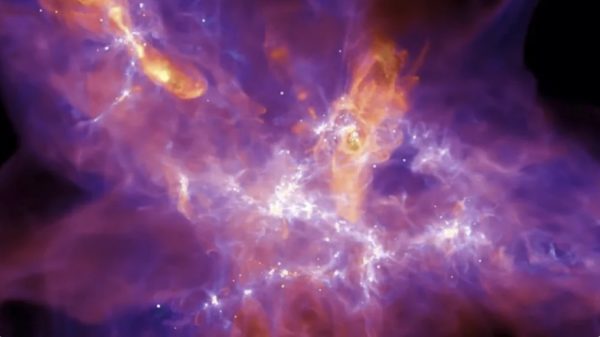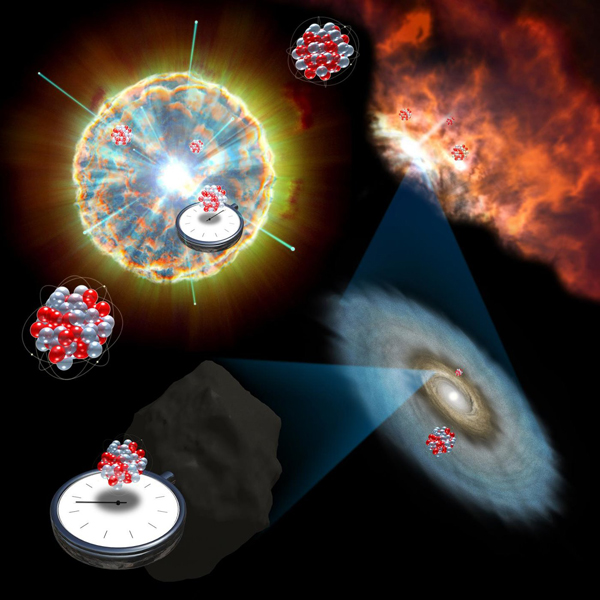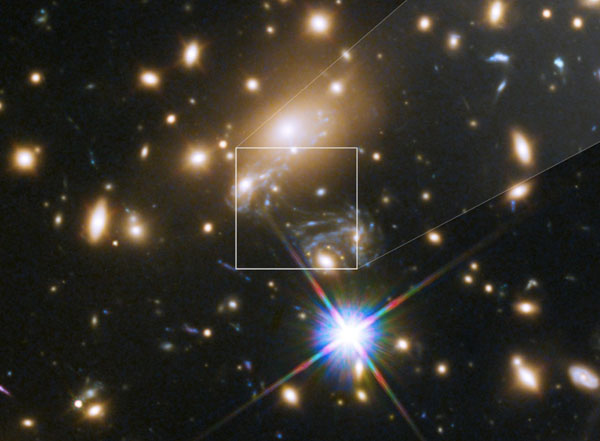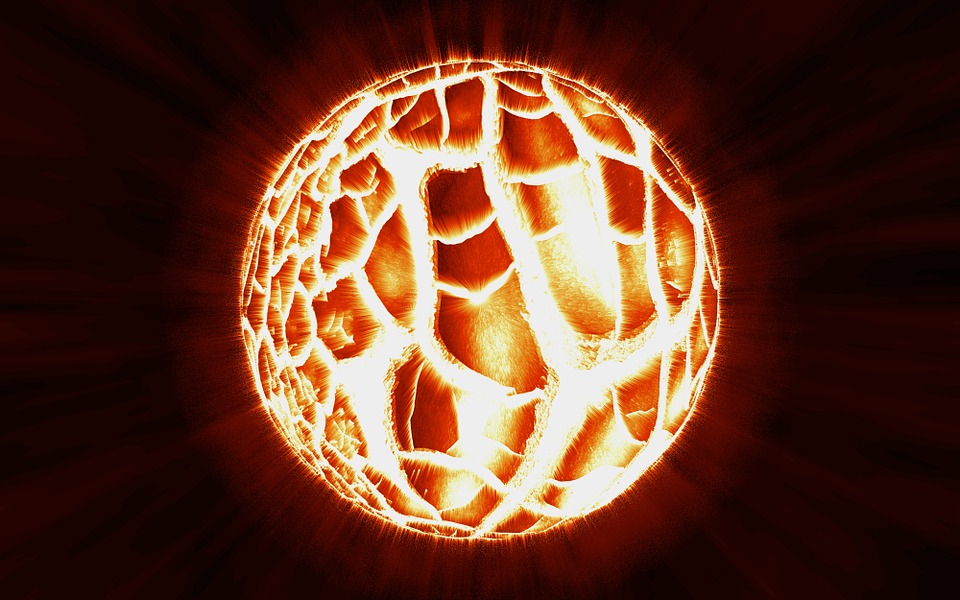SPACE: A Star is Born
Astrophysicists have developed the first high-resolution 3D model of a gas cloud coalescing to form a star — and it’s mind-blowing. The “Starforge” model (which stands for “star formation in gaseous environments”) allows users to fly through a colorful cloud of gas as it pools into stars all around them. Researchers hope that the visually stunning simulation will help them to explore the many unsolved mysteries of star formation, such as: Why is the process so slow and inefficient? What determines a star’s mass? And why do stars tend to cluster together? The computational framework is able to simulate gas … Read more









